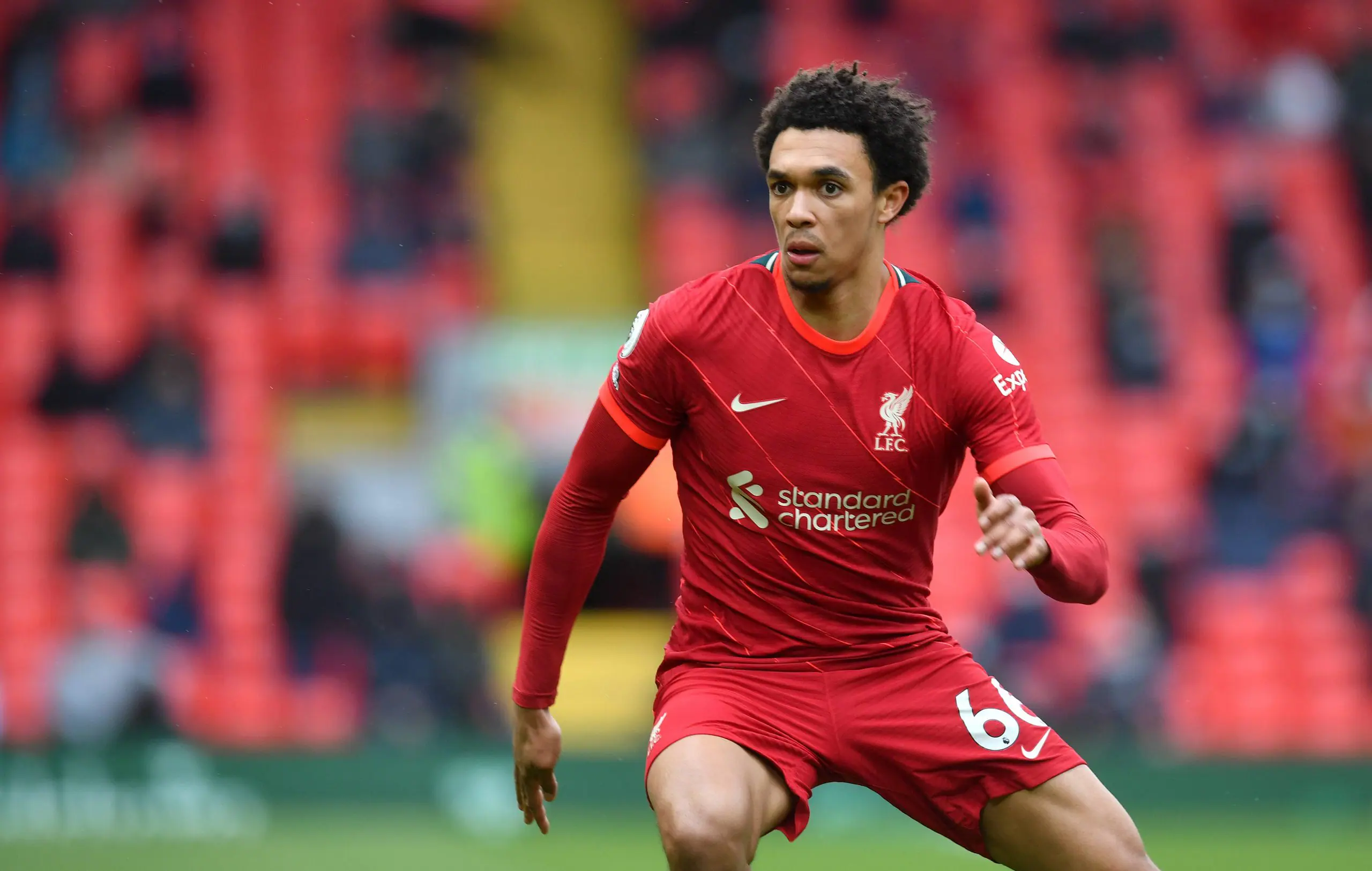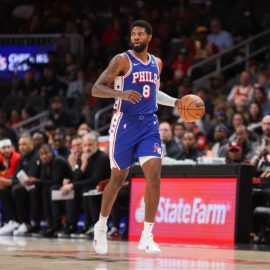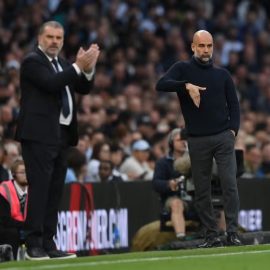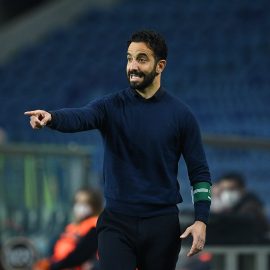Major League Soccer is growing and improving but outsiders often criticise the league for having a lack of quality. It is a relatively fast football played in the US, with plenty of big, athletic players of the kind which is becoming so important in so many footballing countries across the world.
The league has a lot of players who possess technical skill but relatively few whose most important attribute is a range of tricks and flicks allied to incisive vision and killer technique.
Jaime Moreno at DC United doesn’t quite have the trickery but his touch and technique have been a joy to behold – not to mention his goals. More recently, Seattle Sounders’ young Colombian forward Fredy Montero has excited supporters with his pace and footwork in his debut season.
But flying the flag for wizardry in MLS over the last couple of years has been Chicago Fire’s Mexican international Cuauhtémoc Blanco, a player of worldwide renown whose signing in 2007 was overshadowed by LA Galaxy’s move for David Beckham, a player whose career path in MLS has been remarkably similar to Blanco’s.
On 29th October, Blanco announced that he is leaving Major League Soccer to return to Mexico and Veracruz, where he spent time on loan in 2004. At the age of 36, Blanco’s career is winding down and a trip home is understandable. But his ability will be missed by MLS, even if his presence is largely unpopular outside Chicago. The rivalry between the United States and Mexico puts him at an automatic disadvantage, but he has several traits which inspire distaste in football supporters. He is certainly not universally popular, and it’s not surprising that many are toasting his departure.
Regardless, Blanco is a superb footballer and an asset on the field. He has one or two tricks up his sleeve, most famously the brilliant Blanco Hop which became so well-known after its use during the World Cup in France in 1998. He has earned over 100 caps for his country, played and scored in the 1998 and 2002 World Cups, and has winner’s medals from the CONCACAF Gold Cup in 1996 and 1998 and the 1999 Confederations Cup, where he also won the Golden Boot. Despite only briefly playing club football in Europe, Blanco has had an impact on world football.
Kid América
Blanco spent no fewer than 15 years at Club América, the giant club from his home town, Mexico City. He spent much of that time on loan, but was back at Estadio Azteca in time to play an important part in two successful years for the club. In 2005, América won their tenth domestic title, (the 2005 Clausura) and a Mexican Super Cup. The following year they won the CONCACAF Champions Cup and took an impressive fourth place in the World Club Cup. Egypt’s Al-Ahly beat them to third in a tournament won by Brazil’s Internacional.
The aforementioned loan spells weaved through his career at América. In 1997 he moved for a short time to Necaxa – now playing in Aguascalientes – also in Azteca, and he played a handful of matches for Veracruz in 2004. Between 2000 and 2002 he spent his only time in Europe, playing just over 20 games for La Liga side Real Valladolid.
Upon his return, Blanco starred for América and helped them embark upon their mid-2000s purple patch. In 2007, the decorated and experienced midfielder headed to the United States to join Major League Soccer’s Chicago Fire.
Blanco hops to MLS
Like his fellow big 2007 signing Beckham, Blanco’s popularity is far from pristine. His contributions to Chicago have been tainted by aspects of his play and also by off-field factors. Chicago Fire contributes over $2.5 million to his designated player salary, supplemented by the $415,000 he receives from Major League Soccer and the Fire’s wage cap. Only Beckham earns more and, like Beckham, Blanco has played a loan spell abroad during his MLS contract.
While playing for AC Milan or, in Blanco’s case, Santos Laguna may not be hugely problematic, it is an implicit slight to Major League Soccer that its two highest-paid stars feel the need to test themselves elsewhere in the off-season and feel they can play all year round despite being comfortably into their 30s. Blanco also has a reputation as a diver and has a habit of play-acting and getting involved in unnecessary controversy, as demonstrated by his gift to referee Jair Marrufo earlier in the season.
Beckham had to deal with the burden of his side failing to make the playoffs in 2007 and 2008, but Blanco has helped the Fire reach the playoffs in ’07 and ’08, though they ultimately stumbled. They have again qualified in 2009 and are 2-1 down to New England Revolution heading into their conference semi-final second leg at Toyota Park.
Veracruz 2010
A dramatic turnaround would help Blanco’s legacy at Chicago no end. Mexican club Veracruz announced last week that they will be signing Blanco, who has decided not to re-sign with MLS. Blanco’s departing statement indicates a great deal of fondness for MLS and Chicago Fire, and suggests that several clubs were offering the player a chance to return home. He claims that he promised fans of the Red Sharks in 2004 that he would return to the club, and is happy to be keeping that promise.
Despite talk of an opt-out clause in his Veracruz contract, it seems Cuauhtémoc Blanco’s time in the USA is at an end upon completion of the 2009 season. And while his cheeky eye for a pass and deftness of finishing will be missed, his cost and histrionics will not.
You can read more about Cuauhtémoc Blanco here, and read Soccerlens’ interview with Blanco here.
Chris Nee writes at twofootedtackle and co-hosts the twofootedtackle Podcast.
Add Sportslens to your Google News Feed!






